Europe is reputable for its varied landscapes and rich cultural heritage, making it a fascinating region to visit or stay in. The continent boasts much natural scenery like Lapland in Finland, Plitviče Lakes National Park in Croatia, Trolltunga in Norway, etc.
It’s home to some of the world’s top architectural wonders, like The Eiffel Tower in France, The Acropolis in Greece, among others. So, you’ll always find something of interest to you.
The continent is also known for its huge influence on world politics, with some countries like Britain, Portugal, France, Italy, and Belgium colonising most countries in the early 20th century.
This article will zero in on some interesting facts about Europe, like the number of countries, the best places to visit, etc.
Let’s dive right in!
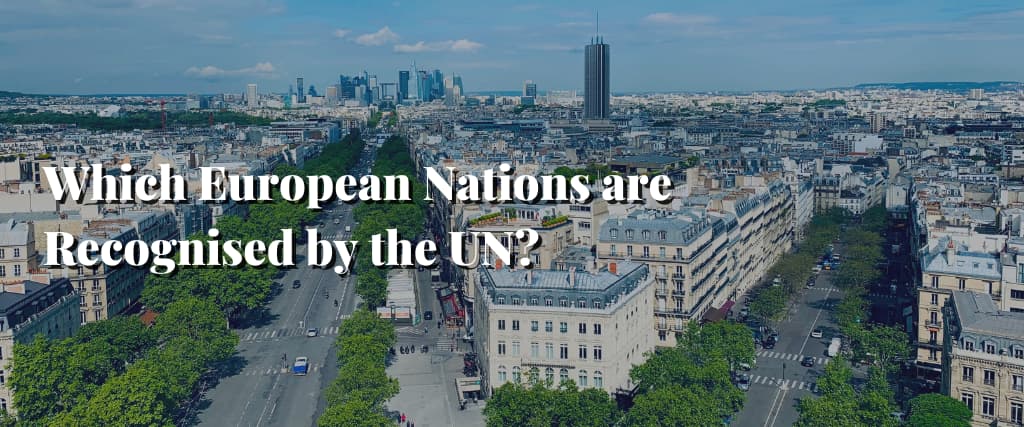
Which European Nations are Recognised by the UN?
The following are the 44 countries in Europe according to the United Nations:
| Albania (AL), Andorra (AD), Austria (AT), Belarus (BY), Belgium (BE), Bosnia & Herzegovina (BA), Bulgaria (BG), Croatia (HR) Czech Republic (CZ) Denmark (DK) Estonia (EE) Finland (FI) France (FR) Germany (DE) Greece (GR) | Holy See (Vatican) (VA) Hungary (HU) Iceland (IS) Ireland (IE) Italy (IT) Latvia (LV) Liechtenstein (LI) Lithuania (LT) Luxembourg (LU) Malta (MT) Moldova (MD) Monaco (MC) Montenegro (ME) Netherlands (NL) | North Macedonia (MK) Norway (NO) Poland (PL) Portugal (PT) Romania (RO) Russia (RU) San Marino (SM) Serbia (RS) Slovakia (SK) Slovenia (SI) Spain (ES) Sweden (SE) Switzerland (CH) Ukraine (UA) United Kingdom (GB) |
Which Nations Are Sometimes Called European?
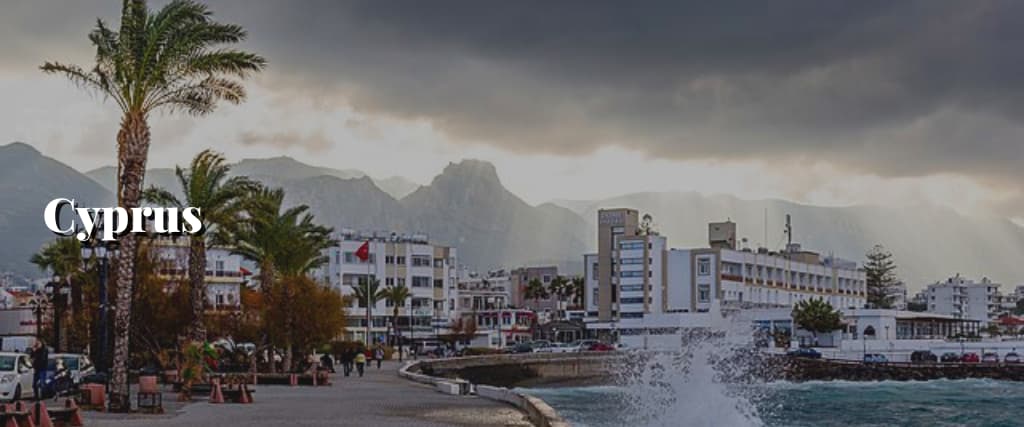
Cyprus (45)
Although located in the Mediterranean, Cyprus is part of Asia because of its proximity to the Middle East. Still, it’s a member of the EU.
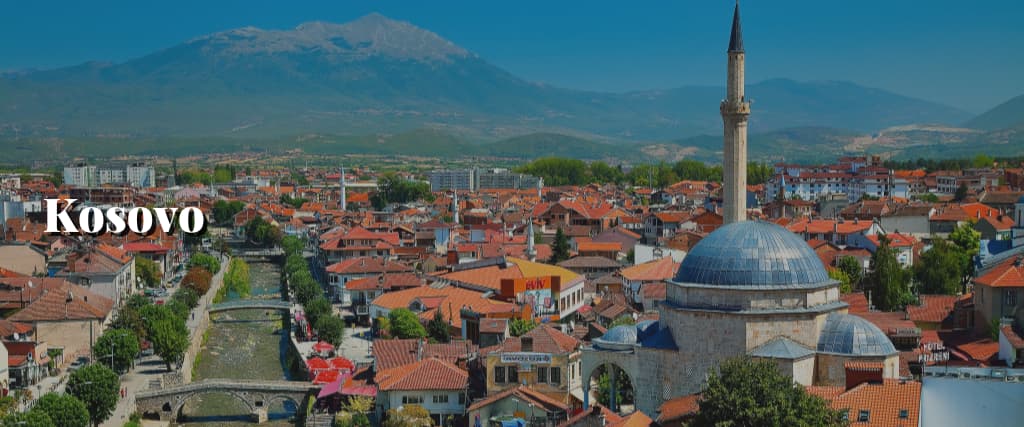
Kosovo (46)
While many nations have acknowledged Kosovo’s status as an independent state since it gained independence in 2008 from Serbia, some have not.
Nowadays, the UN considers this area part of the disputed territory. In response to the question, “How many states are there in Europe?” the simple answer is 46, as most travellers would include Kosovo as a European nation.
Armenia, Azerbaijan, and Georgia (47/48/49)
Some people have difficulty locating the three Caucasian countries on a map. Although they are physically located in Asia, they are increasingly linked to the European continent.
Perhaps it’s to do with the fact that you can always catch all two nations participating in Eurovision.
Or perhaps this is the geographical boundary of Europe because the Caucasus Mountains are the westernmost point of the European mainland. The three nations can be considered a single entity on the European continental plate.
Are Russia and Turkey in Asia or Europe?
Russia and Turkey are transcontinental nations since they have regions in Asia and Europe.
Russia is a vast country, and much of its territory is located in Asia, which causes a bit of confusion.
while some Rusian parts like St. Petersburg are undoubtedly located in Europe, others on the other side of this massive country, on places like Lake Baikal or Vladivostok, would argue that they are actually in Asia.
The situation is comparable in Turkey. While a small portion of Istanbul (less than 3%) is located in Europe, the rest of Turkey is in Asia and is always counted among the Asian countries.
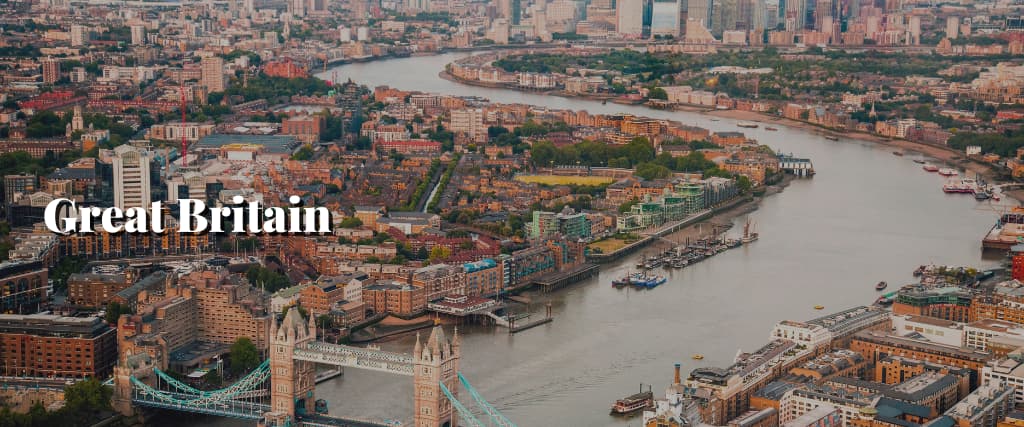
Great Britain
Most foreigners get confused when traveling through the United Kingdom, thinking it is a single country. However, you’ll taste four very different cultures in England, Scotland, Wales, and Northern Ireland, each with its distinct charm.
While they each have some independence, they all fall under the umbrella of the United Kingdom of Great Britain and Northern Ireland.
But who knows whether Scotland or Wales won’t declare independence from the United Kingdom someday? This updated list of European nations will be necessary if that occurs.
European Regions
The continent of Europe is traditionally divided into four distinct areas:
- Eastern Europe
- Western Europe
- Northern Europe
- Southern Europe
Europe is one of the world’s most economically and politically powerful regions because of its lengthy and intricate history. The region is often recognized as the cradle of Western civilization.
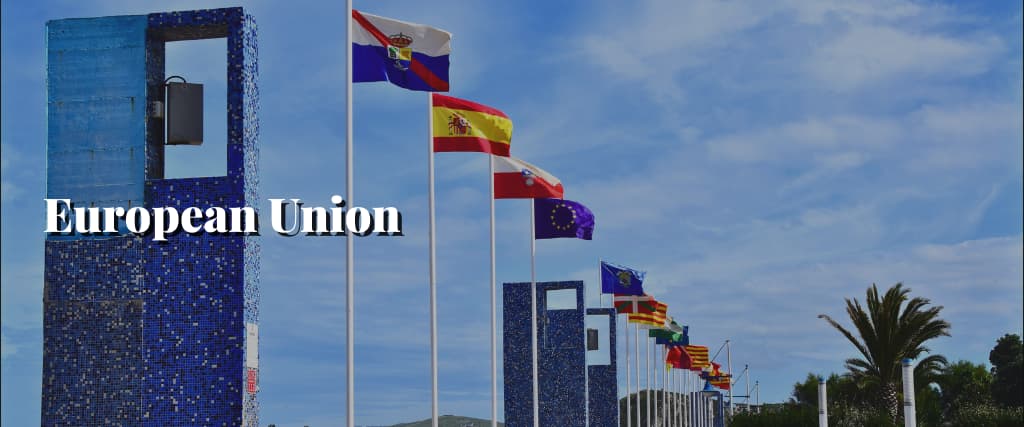
European Union
The European Union is a group of European countries that have come together to form a single trade market. The Union’s scope has broadened beyond its original economic remit to encompass the unrestricted movement of goods, people, and services inside the union. It has 27 member nations, and a few more are in talks to become members, making it a significant political and economic power in Europe.
Schengen Area
Citizens of Schengen Area member states can freely move around the rest of the European Union without a passport or visa. Also, international nationals with valid Schengen visas are permitted entry into any Schengen Area country.
Eurozone
The Eurozone group comprises the member states of the European Monetary Union that have adopted the Euro currency. Though there are 19 Eurozone members, a few are part of the European Union, and not all EU nations utilize the euro.
European Commission
The EU’s executive body, the European Commission, comprises 27 members representing the member states. Its many duties include drafting legislation and determining EU policy. Every commissioner takes an oath to serve the EU as a whole, not only the interests of the country from which they were elected.
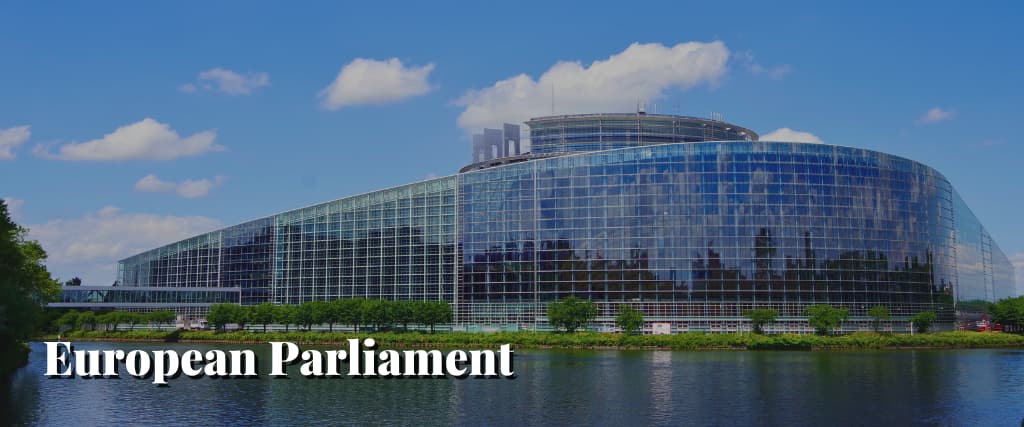
European Parliament
Regarding the rules that all member states of the European Union must abide by, the European Parliament is the only authority to look to. Every member state of the European Union has one vote in the parliament’s election every five years.
The European Union has designated three primary functions for the European Parliament:
- legislative duties, including the authority to approve or disapprove any legislation proposed by the European Commission and to alter existing legislation as necessary.
- Accountability for oversight, or the duty to ensure that the rights of EU citizens are protected and that each member state is held to the same standards.
- Fiscal authority, or the duty to approve and set the EU budget.
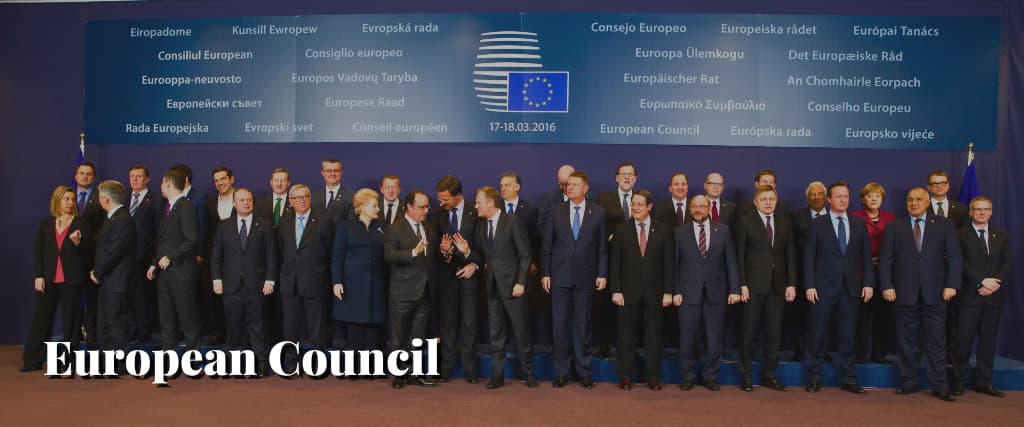
European Council
The European Council, along with the European Parliament, is one of the numerous EU institutions with the authority to approve or disapprove of legislation suggested by the European Council.
European Free Trade Association
Europe’s Norway, Liechtenstein, Iceland, and Switzerland have formed a free-trade pact known as the EFTA. This group of countries is not part of the European Union, yet they all adhere to the rules of the Schengen Area. The pact gives the four states some latitude in adhering to all EU regulations, primarily the standard fishery policies. However, it still requires them to work together economically and freely with the EU.
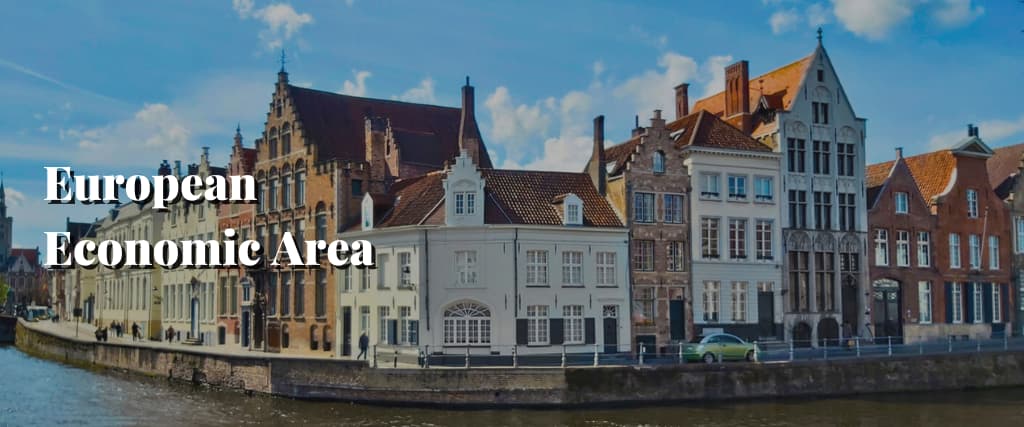
European Economic Area
The EEA comprises all EU members plus Norway, Iceland, and Liechtenstein. It was created so these three EFTA countries (excluding Switzerland) could fully integrate into the EU single market. Switzerland has not renounced its bilateral agreements with the European Union.
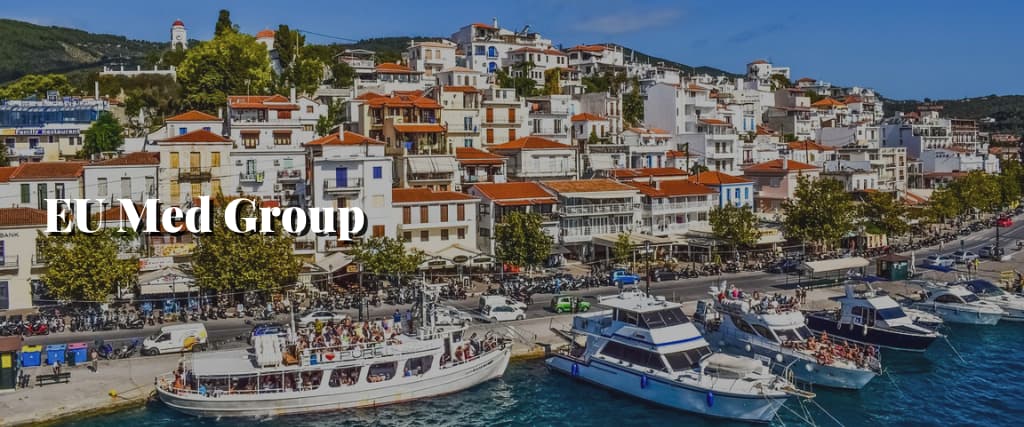
EU Med Group
Among the European Union’s many treaties is one with the Mediterranean countries: the EU Med Group.
- Italy
- Malta
- Spain
- Croatia
- Cyprus
- France
- Greece
- Portugal
- Slovenia
This treaty was established to foster political dialogue between these states and the other EU member states and to reflect their shared interests to the European Parliament and Commission because of their shared Greco-Roman heritage.
Visegrad Group,
The principal function of the group, which consists of the Czech Republic, Poland, Hungary, and Slovakia, is to strengthen military ties with the European Union and its cultural and economic components. In 2004, the entire group became an EU member.
Central European Free Trade Agreement
The CEFTA is a political pact between countries outside the European Union and UNMIK, representing Kosovo. The current roster of CEFTA members includes the following nations:
- Albania
- Serbia
- UNMIK
- Moldova
- Montenegro
- North Macedonia
- Bosnia and Herzegovina.
Several countries that were once part of CEFTA ceased to be members once they joined the European Union. CEFTA aims to foster cooperation and economic activity between the European Union and the non-EU European states.
Interesting Facts About Europe
The following is a list of some interesting stuff about Europe:
- Russia is the biggest nation in Europe in terms of both land mass and population
- The Vatican City State is the world’s smallest sovereign state
- France attracts 85 million tourists every year, making it the most popular European destination
- Almost 120 million people in Europe speak Russian, while another 100 million or so speak German
- Luxembourg has the greatest income per capita in all of Europe
- Switzerland, in Europe, is the world’s top consumer of chocolate
- Neuschwanstein Castle in Germany served as an inspiration for Disney’s iconic castle
- The European Union (EU) is the most important economic pact in the world
- Europe is home to more than 500 national parks, the majority of which are located in Turkey and Russia.
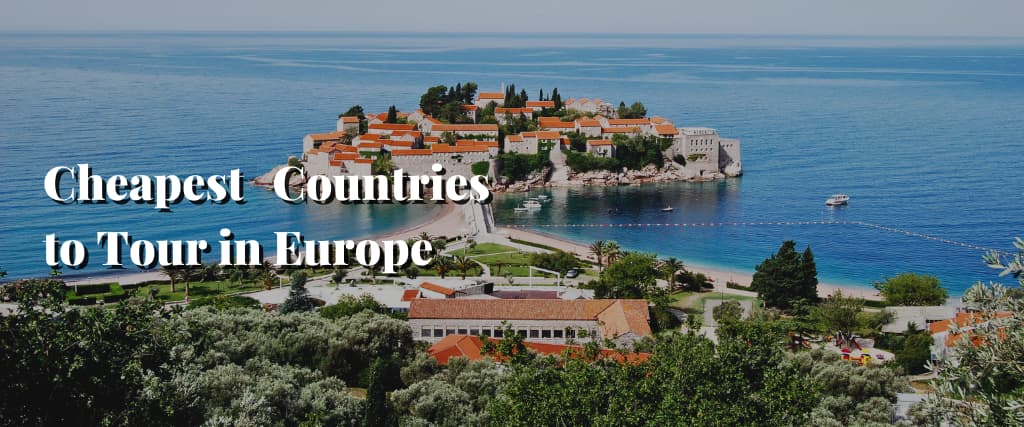
Cheapest Countries to Tour in Europe
There are plenty of places to visit, but ensure you don’t need a Schengen visa to visit any European country before booking your trip. Then you may organize your trip and save money by going to any of these five nations in the European Union:
- Albania was once a relatively undiscovered jewel in Europe, but it is now drawing visitors worldwide. For $8, you can stay in a dorm room, $30 can get you a hotel, and $15 can get you a meal out. The whole cost of your trip, including lodging, food, and any additional activities, can be as low as $300.
- Montenegro is a lot like Albania in that it has great tourist attractions and delicious meals at low prices. Some hotels charge as little as $30 per night, and that can include breakfast, so you’ll still have plenty of money to indulge in the rest of your meals. Thus, your trip cost can range from $300 to $500.
- One of Bulgaria’s most reasonably priced ski areas, along with inexpensive lodging and dining, may be found in this area. With this information, you can save money while still having a wonderful time in Europe during the summer and winter.
- Hostels in Romania start at about $10 per night, so it’s easy to stay there without breaking the bank. You can visit the renowned Dracula castle for just $9, and the nation has some of the world’s most stunning beaches.
- Greece has the best of both worlds, from affordable options for those on a tighter budget to luxurious destinations such as Santorini. Yet, even at these reduced rates, a night in Santorini would still set you back $75 to $90. As the high season ends, hotels drop in price even further, and fewer people are on the beaches.
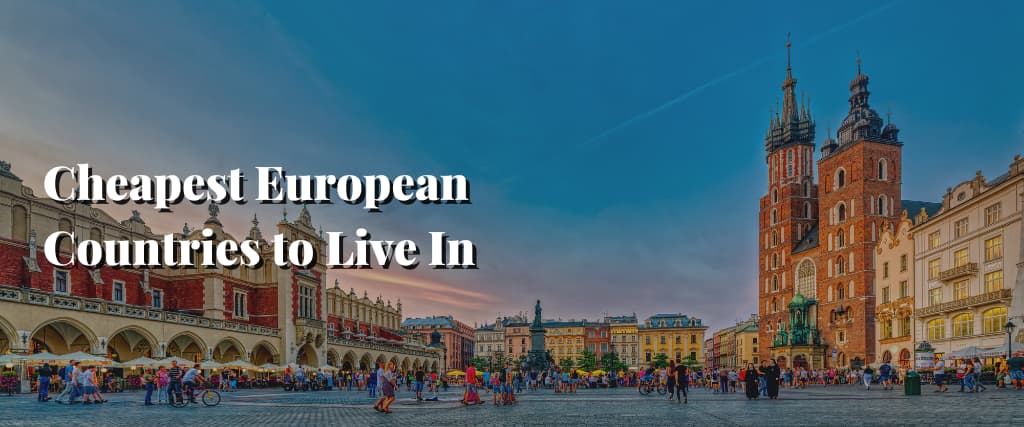
Cheapest European Countries to Live In
Even though it may be costly to relocate to Europe permanently, a few countries in the region are relatively cheap for ex-pats to call home.
- Romania: This southeastern European nation has one of the lowest cost-of-living rates in Europe, making it an attractive destination for international residents. Depending on the size of the flat, rent in Bukurest can range from $300 to $500; this can be even cheaper in other places. Expatriates find living reasonably stress-free in Romania thanks to the country’s picturesque villages and rich European heritage.
- The Czech Republic. This country’s free-lance visa has made it attractive to foreigners looking to make a living in Europe on a budget. So they can afford a place to call home in Europe and travel throughout the continent.
- Poland: You can live comfortably on $400 to $500 a month in a one-bedroom flat in Poland, and the country’s low food prices and reliable public transportation will save you even more.
- Bulgaria: Another European crown jewel for ex-pats can be found in the Balkans. Some of Europe’s most stunning beaches are in this country, which is also brimming with historical sites and cultural treasures. Nevertheless, depending on one’s spending habits and income, ex-pats can get by comfortably on an average of $600 monthly.
- Hungary: If you’re looking for a great place to live in Europe at a reasonable price, go no further than this country, where ex-pats spend an average of little over $1000 each year. The nicest thing about settling in Hungary is that non-Hungarian speakers who can prove a family connection to Hungary and learn Hungarian can easily apply for citizenship, allowing them to stay in Europe and travel freely throughout the European Union.
